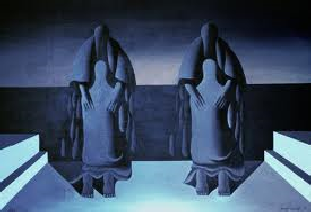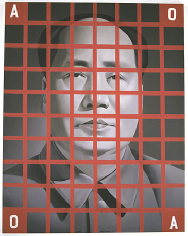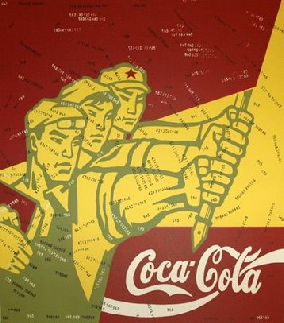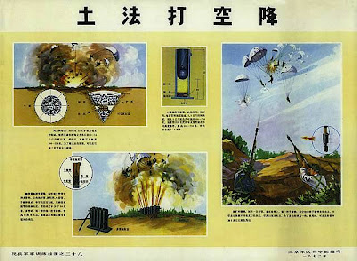






Josep Soler i Casanellas

Wang Guangyi
Wang Guangyi (王义 Born in Harbin, Heilongjiang Province in 1956 or 1957), is known for being the leader of the New Art Movement circles that erupted out of China after 1989 and for his Great Criticism series of paintings, using the images of propaganda from the Cultural Revolution (1966–1976) and contemporary brand names from western advertising. As an example, Artinfo notes that one of Wang Guangyis’s Great Criticism paintings “responds to the recent influx of advertising by juxtaposing the Coca-
Through his critique, Guangyi’s paintings weave intricate narratives, implicating the role of the artist as an active participant (both as subjugator and subservient) in economic and social policy. Guangyi treads a very delicate line between moral dictum and capitalist endorsement; the interpretation of his paintings alternates with the subjectivity of context. Amalgamating, confusing, and blurring opposing ideological beliefs, Guangyi’s billboard sized canvases readily sell out national valor, while simultaneously devaluing status symbol luxury for the proletariat cause.
In any case Wang Guangyi remains the leader of the Chinese Contemporary painters and one who always looks for new forms of expression within the art world, caring little market value.

 C.V.
C.V.





Other and former works: